
History - The House of Saxe
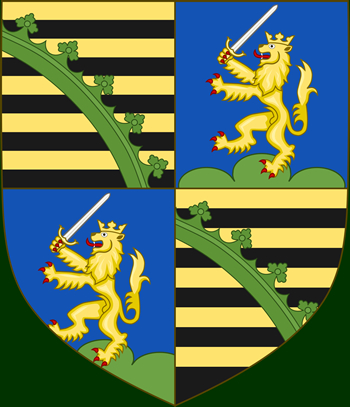
.jpg)
Maurice de Saxe (1696-1750)
Maurice, Count of Saxony (1696-1750), called Marshal Saxe c.1720-35
Maurice de Saxe was the illegitimate son of Augustus II of Saxony; he embarked
on a career in the Imperial army when he was twelve years’ old. In 1720
he obtained a commission in the French army, in which he served for the rest
of his life. He became famous for his exploits at the Battles of Fontenoy
(1745), Rocourt (1746) and Lawfeld (1747). He was appointed Marchal of France
in 1744 and ‘maréchal général des camps et des
armées du roi’ in 1747. In that year he helped to bring about
the marriage of his niece, Maria Josepha of Saxony (1731-67), to Louis, Dauphin
of France (1729-65).
The Chateau
The Louis XIII-period chateau dates back to
1620, built by a student of Salomon de Brosse and Clément II Métezeau,
the architects behind the Palais du Luxembourg in Paris.
The brick-and-stone chateau is surrounded by water moats, with a large paved
courtyard on one side, flanked by stables and outbuildings, and a park-facing
terrace on the other, complete with a bridge across the moat.
The facade was classicized in the 18th century,
and two lower side wings were added in 1830 and 1900.
Inside, the French chateau features fine period detailing throughout, seen
in the Versailles parquet flooring, Rococo-style adornments, and exceptional
woodwork.
The ballroom, known as the "Maréchal de Saxe's party room", was added in the 19th century and decorated with stucco and faux marble and fluted pilasters with Corinthian capitals.
Beautifully maintained, the French chateau is listed as a Historic Monument, as are the grounds, which include greenhouses and vegetable gardens, a riding arena, and a nymphaeum in one of the moats.
Gentlemen the English shoot first, this is how Marshal de Saxe behaved on the battlefield of Fontenoy in 1745, and defeated his long-time enemy. Louis XV, grateful, gave him Chambord and some privileges, after having named him Marshal of France. He therefore offered himself the Château de la Grange.
Formerly named Château de la Grange, this château has had a long, evolving history. In 1617 the château was built in the style of Louis XIII on the site of an ancient farm. In 1745, Field Marshal Saxe and his soldiers defeated the enemy at the battle of Fontenoy (a major battle in the War of the Austrian Succession). He was rewarded for his valour by Louis XV with the gift of Château Chambord in the Loire, where he housed his military regiment. In 1748 Saxe purchased the Château de la Grange and began extensive renovation on the ground floor. He died two years later, but he did leave his name on the property. During the German occupation in 1942, the Grand Galerie of the château was turned in to an atelier by the Nazis to repair airplane engines.
The Grange estate, first mentioned in 1389 , then constituted a vast forest cleared for a Parisian religious community.
Around 1581 a fortified farm was built there.
During the reign of Henri IV , Charles Duret, son of Louis Duret , physician to Charles IX and Henri III , inherited the estate.
In 1617 , he had the current castle built there; in 1635 , a cave decorated with shells was built in the southern moat.
In 1748 Maurice de Saxe , Marshal of France acquired the castle which he kept until his death two years later and had the large gallery built there .
The former prefect and minister Henri Chevreau (1823-1903) died there; the castle and its 1,200 hectare estate belonged to Baron Napoléon Gourgaud (1823-1879), mayor of Yerres and deputy in 1869; his son Napoléon Gourgaud (1858-1918), like him mayor of Yerres and general councilor, married Henriette Chevreau (1857-1940), only daughter of the previous one.
This family kept it until 1990. On April 13, 1960, the site is listed as a historic monument ; on April 8, 1971, it is classified.
During the Occupation, the castle being requisitioned, the large gallery on the ground floor was transformed into a repair workshop for aircraft engines while German officers occupied the upper floors; despite the intervention of Baroness Gourgaud with Georges Scapini , appointed by Philippe Pétain head of the diplomatic service for prisoners of war in Berlin - and neighbor of the couple on the island of Aix - the estate was only returned when from the summer of 1942 to its owner, who died there on August 30, 1944.
THEAugust 27, 1944, the 2nd American armored division of Pennsylvania coming from Montgeron and entering Yerres, joined the national road via the castle; its commander, General Patton , informed of the presence of Baroness Gourgaud, née Eva Gebhard , an American citizen, had a young officer present his homage to her.
Universal legatee of her husband but usufructuary of the family estate bequeathed by her husband to a cousin, she died at the castle on July 14, 1959 ; she had been made a knight of the Legion of Honor.
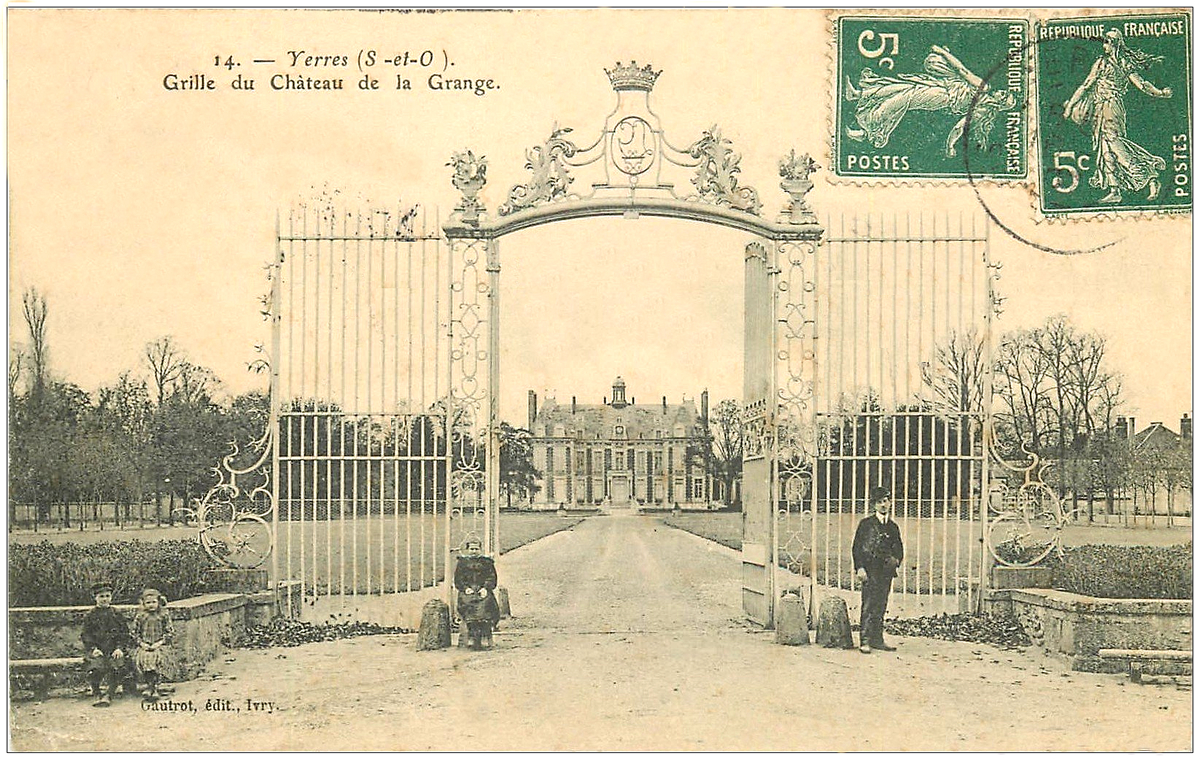
Chateau de la Grange c.1907
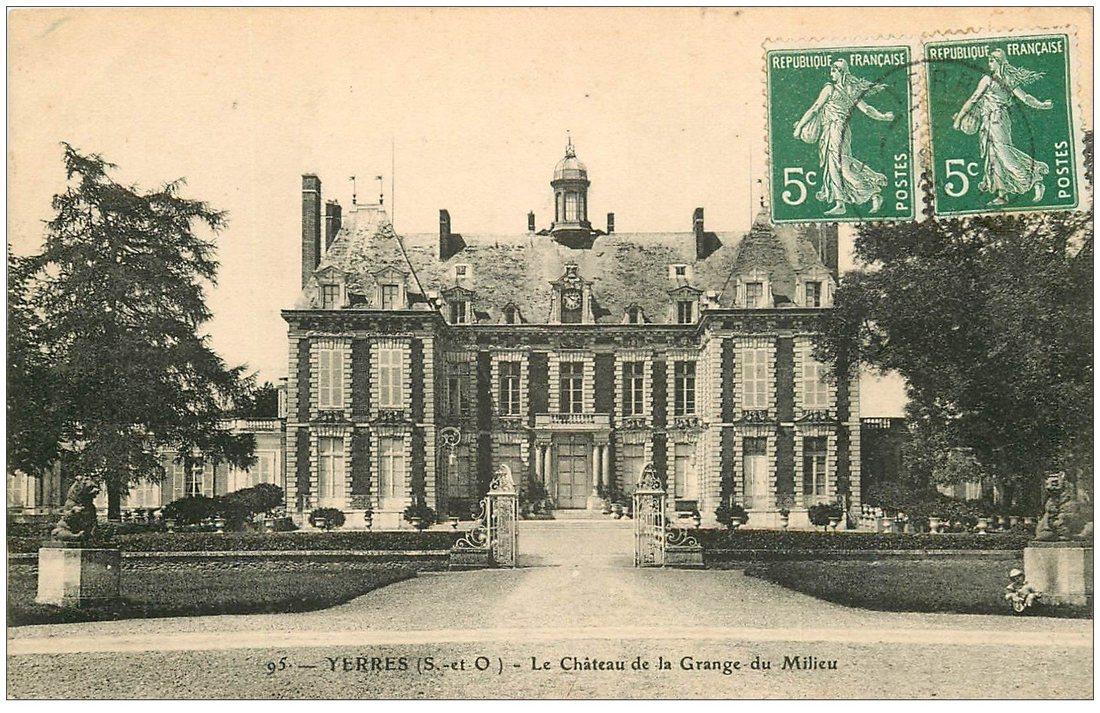 |
Chateau de la Grange c.1900
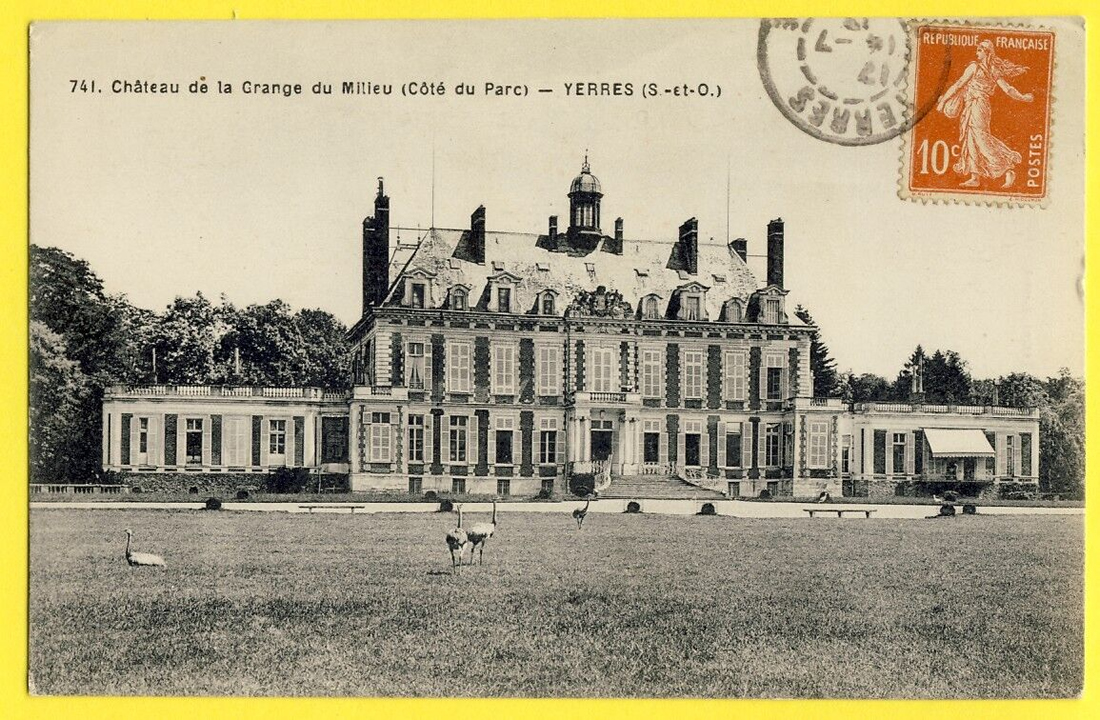 |
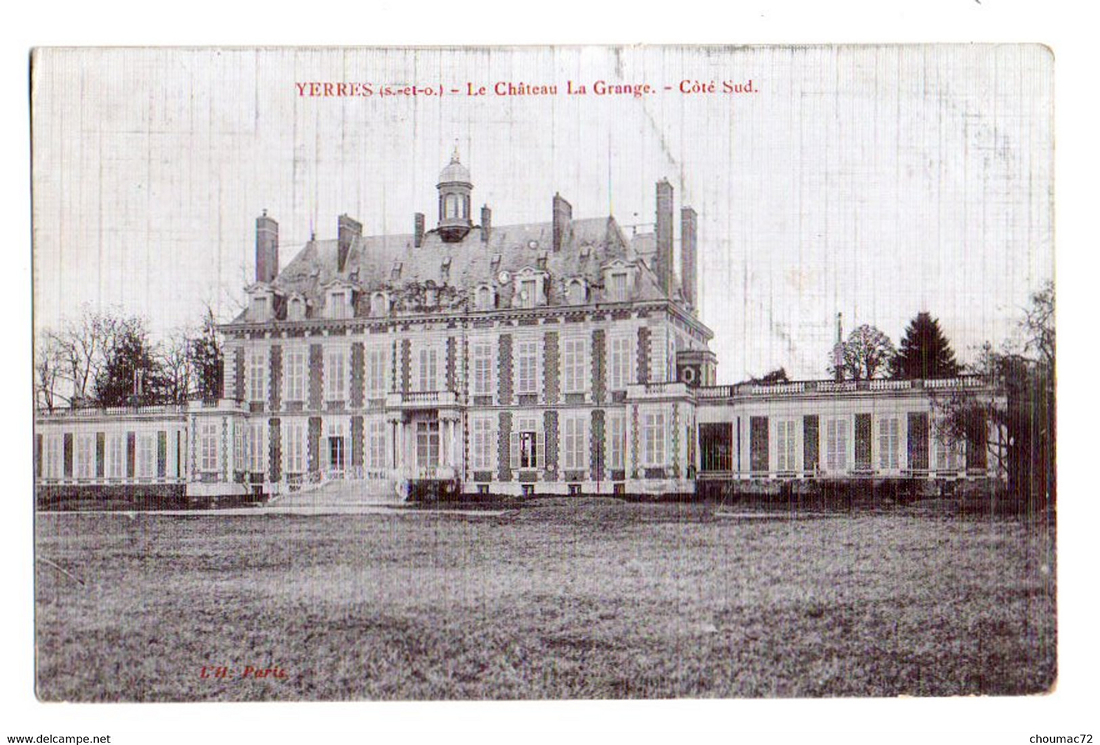 |
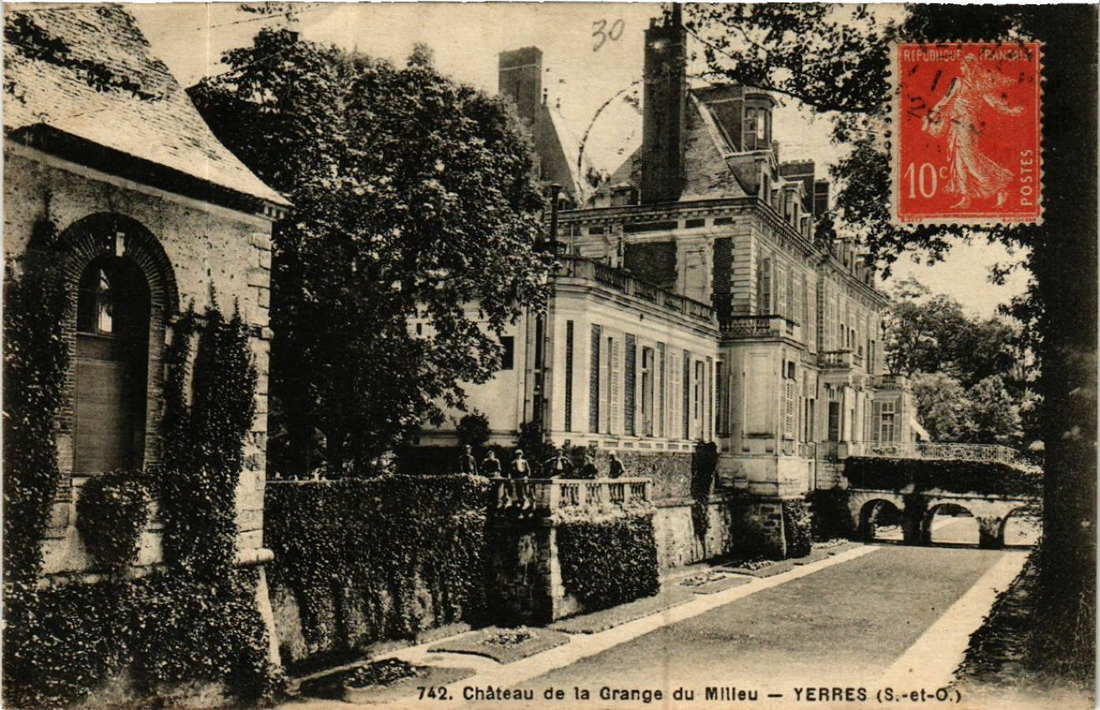 |
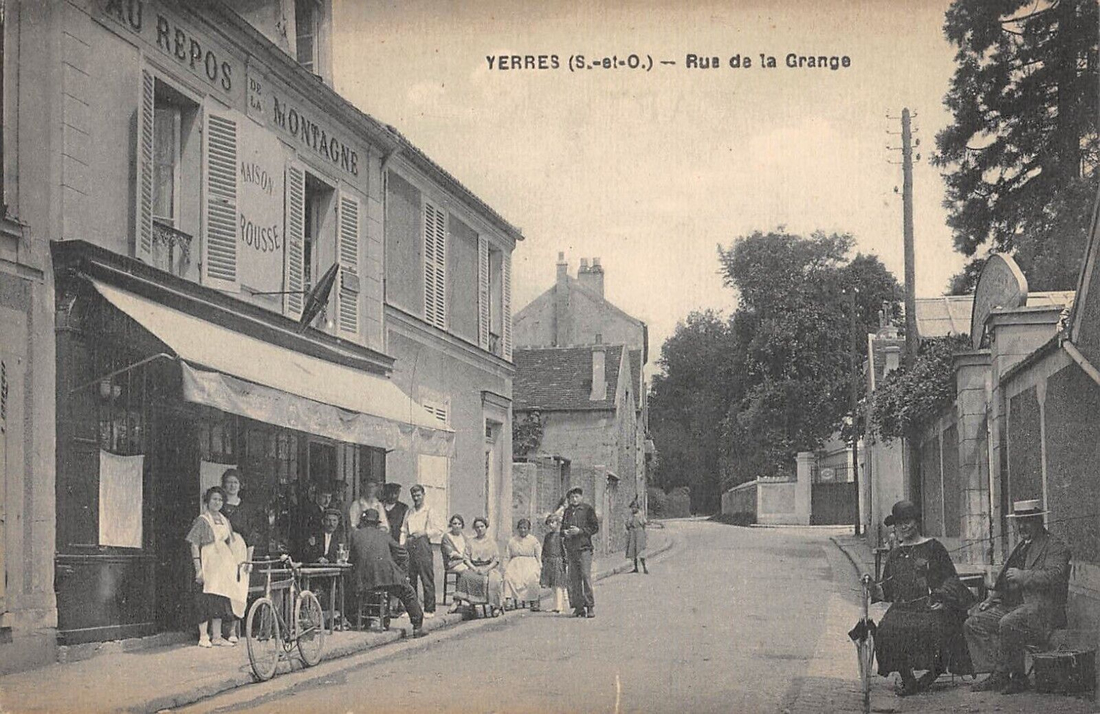 |
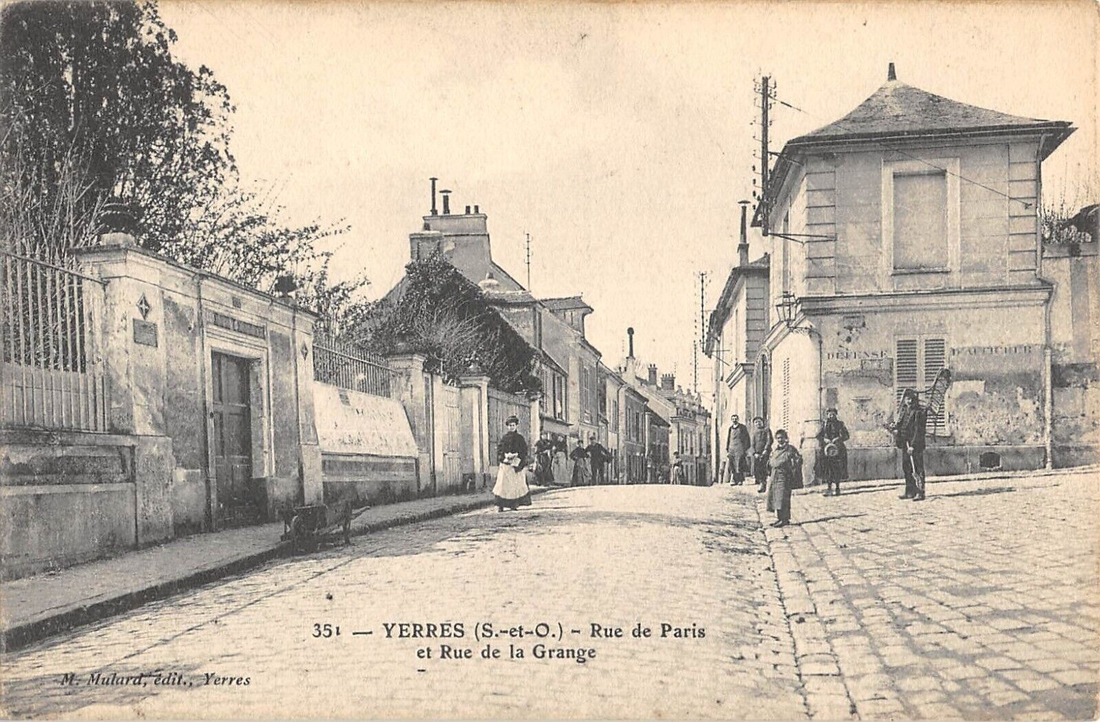 |
Home ..The Chateau ..History ..Climate...Getting There ..Hotel...Weddings . Festivals ..Paris...Chateaux
France ..The Loire...Brittany ..Normandy..Wine Tourism...Delicacies ..French Food...Birdwatching
Nature . Roses...Furniture...Persian Art.. Ceramics...Tapestries...Costing/Booking...Contact
_________________________________________________________________________________________Copyright © March 2022__________________________________________________________________________________________________